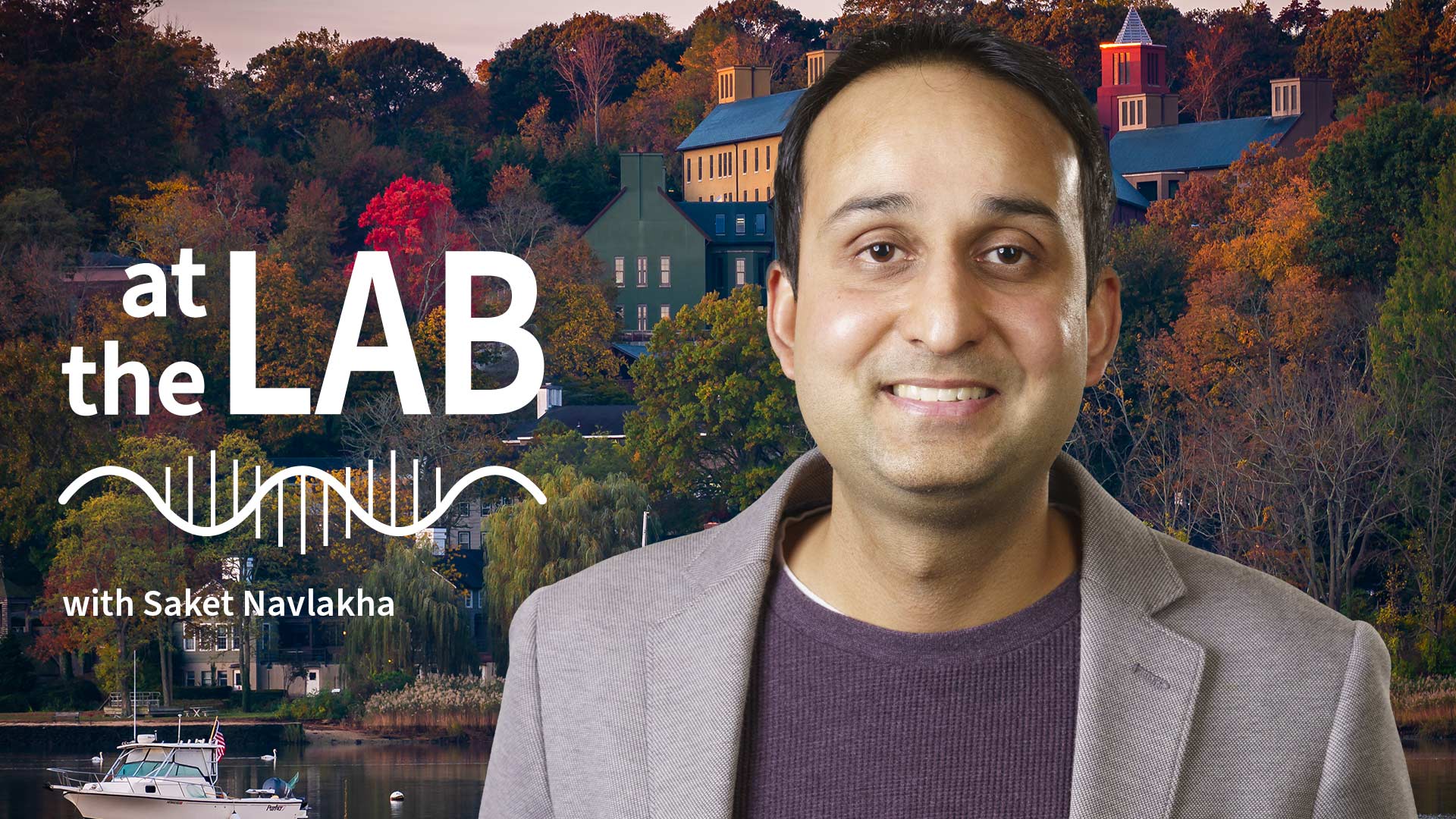Smell is often dismissed as somehow less important than our other four senses. But you shouldn’t look down your nose at it. After all, in the wild, it could mean the difference between life and death. This week At the Lab, CSHL Associate Professor Saket Navlakha offers insight into how we learn to distinguish between similar odors.
Read the related story: Smells like learning
Transcript
Nick Wurm: You’re now At the Lab with Cold Spring Harbor Laboratory. My name is Nick Wurm. And this week At the Lab, “What’s that smell?”
{A nose sniffs the air.}
NW: It sounds funny, but in many ways, that question is central to the human experience. Imagine you’re in the wild. Something smells awful. It repulses you. You don’t eat it, and you live to smell another day.
NW: Now, that’s a basic example, but our odor palates can actually become quite refined. CSHL Associate Professor Saket Navlakha offers wine tasting as an analogy.
Saket Navlakha: People can’t discriminate between two red wines today and then can discriminate between them after three months of taking wine tasting classes. What is actually happening in your brain potentially that allows you to do that? We’re providing one answer to that question.
NW: Navlakha is a quantitative biologist. He looks at big questions in life and nature like complex math problems. And he uses computer science to seek elegant solutions.
NW: In this case, Navlakha and his team developed a computer model based on how fruit flies’ brains respond to certain odors.
{Flies buzz.}
NW: The team found some neurons in the fruit fly brain respond differently to two dissimilar odors but the same to similar scents. The researchers called these neurons reliable cells. This small group of cells helps the flies quickly distinguish between odors that are very different from one another—like rotten and fresh fruits.
NW: On the other hand, another much larger group of neurons responds more unpredictably when the fly encounters similar smells. The researchers called these neurons unreliable cells. They think these neurons might help us learn to identify specific scents—like the notes in a glass of wine.
{A glass is poured.}
NW: But in case you’re wondering, no, this research isn’t just for wine aficionados. Remember, we’re dealing with computer models here. And as with all computers, data comes in, data goes out. Navlakha explains:
SN: Maybe you don’t want a machine-learning model to represent the same input the same way every time. In more continual learning systems, variability could actually be useful.
NW: Want to make AI more reliable? Then it needs to learn to be more discerning. And here’s a great place to start.
NW: Thanks for listening to At the Lab. Please subscribe wherever you get your podcasts. And visit us online at cshl.edu for more fascinating stories like this one. For Cold Spring Harbor Laboratory, I’m Nick Wurm. And I’ll see you next time At the Lab.
